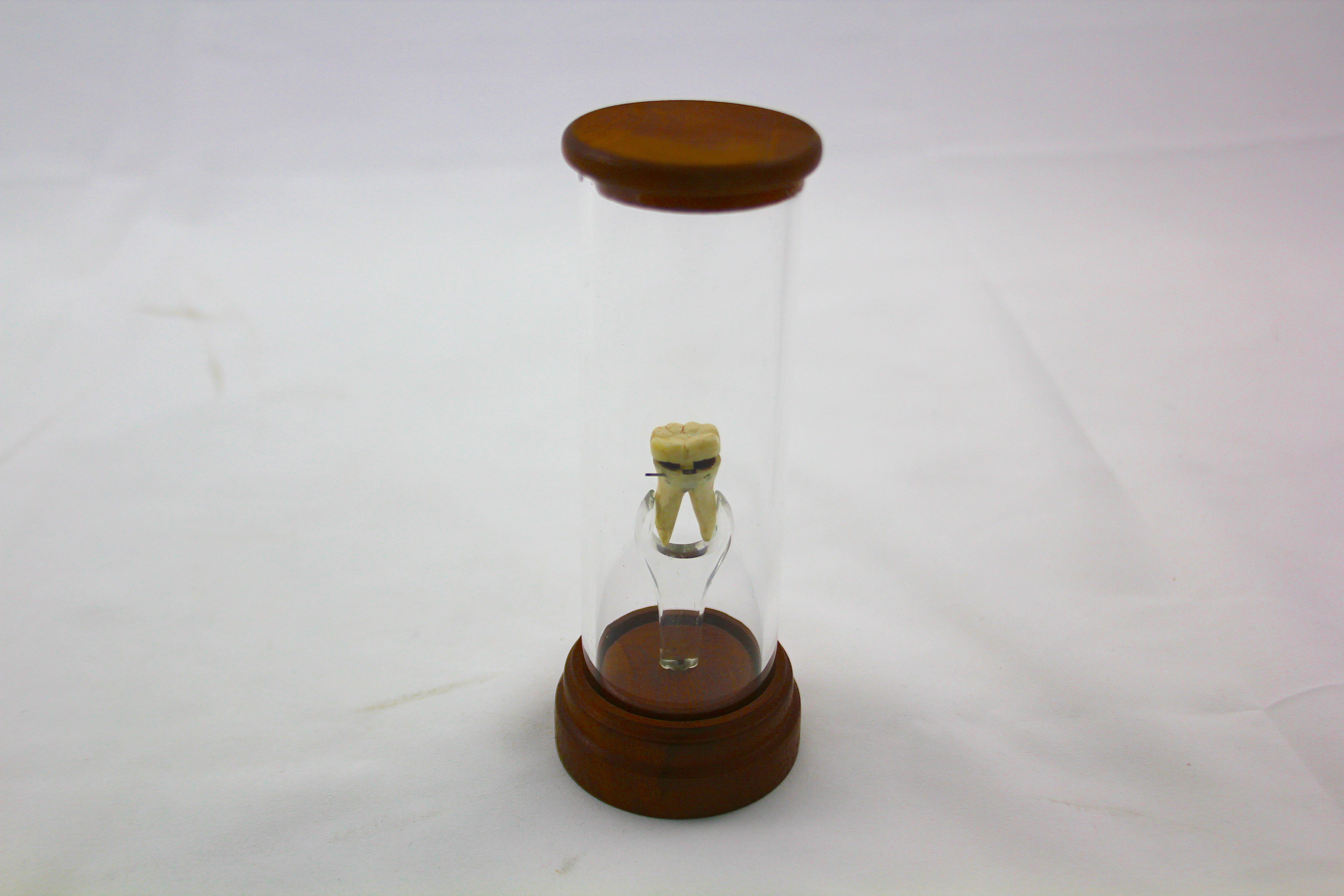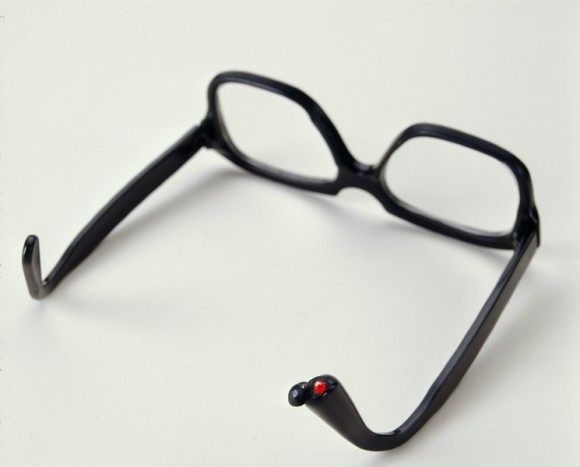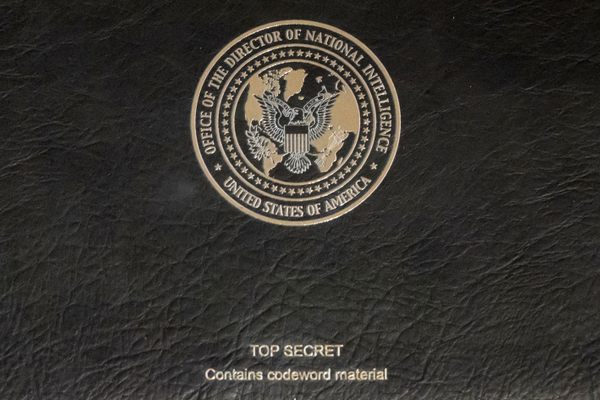The Cyanide Tooth Is a Cold War Fairy-Tale
The popular spy movie trope would have been a rather risky thing to carry around in your mouth.

Fictional heroes, from James Bond to Captain America, have had enemy captives check out—sputtering and foaming at the mouth, taking their secrets to the grave—thanks to secret cyanide pills hidden in false teeth. While the weird world of espionage has plenty of examples of real-world emergency cyanide pills and fake teeth with hidden compartments, they’ve never actually been put together. The cyanide tooth is little more than a pop-culture myth and, in fact, the prevalence of emergency suicide measures in spy culture is likely overblown in general.
“I think the reason it’s become such a popular pop culture trope is because there have been a number of people who have hidden cyanide capsules in their mouths, and certainly they use their teeth to use it,” says Vince Houghton, curator at the International Spy Museum in Washington, D.C. “Himmler’s a good example of this. Actually there are a lot of Nazis that chose that way out.”
Houghton is referring to the May 1945 suicide of high-ranking Nazi Heinrich Himmler, who bit into a cyanide pill while in custody. A laundry list of his Nazi colleagues chose the same way out at the end of the war. Some Allied forces also carried lethal kill pills, in case they were trapped behind enemy lines. Use of cyanide pills, or at least their specter, continued through the Cold War.
Cyanide is a fast-acting, lethal poison that’s become almost synonymous with the concept of a suicide pill. In a 2013 Wired article that takes issue with the portrayal of the effects of cyanide in the Bond movie Skyfall, science writer Deborah Blum described it as “a famously fast-acting poison due to its ability to induce extreme chemical suffocation of cells and to disrupt enzymatic processes.” As she points out, it can kill a person in minutes, so it makes sense that it continues to bear a lethal mystique in pop culture. The cyanide pill itself is that rare cloak-and-dagger trope that has a solid basis in history (even if it wasn’t exactly in common use).
Surprisingly, fake teeth with hidden compartments also have a basis in reality. “There are hollow teeth that have been used in espionage, but most of the time it’s been used to conceal film, microdots, those kind of things,” says Houghton. These teeth, he says, would usually have been implanted in place of a molar, somewhere in the back of the mouth where they would be hard to detect. The Spy Museum even has one in its collection. But has anyone ever actually concealed a suicide pill in a fake tooth?
“There’s a short answer to that question, and it’s: ‘Nope,’” says Houghton. “There’s no evidence that I’ve seen that there is anyone who had any kind of hollow tooth made for any kind of cyanide capsule. It would have to be a massive tooth. Most of these cyanide capsules are pretty large, so it seems more anecdotal or apocryphal.” In addition to the danger of accidentally swallowing a pill hidden in the mouth, the cyanide pills of World War II were around the size of a pea, which would be too large to hide safely or securely within a false tooth. There are confirmed instances of suicide pills hidden in the temples of glasses and the ends of pens, where they could be inconspicuously chewed, and even of pills being hidden in someone’s mouth, but seemingly never in a tooth.

Even if the trope of the suicide pill in general is based in the reality of espionage history, its sheer prevalence in popular spy fiction strains credulity. According to Houghton, rarely did captured spies actually use suicide options, even if they were available. “It’s so rare that it’s just not something that happens in the real world.”
The next time you see some movie villain’s henchperson chomp down on a fake tooth to avoid being interrogated, keep in mind that it’s not him taking the easy way out—it’s the screenwriter.













Follow us on Twitter to get the latest on the world's hidden wonders.
Like us on Facebook to get the latest on the world's hidden wonders.
Follow us on Twitter Like us on Facebook